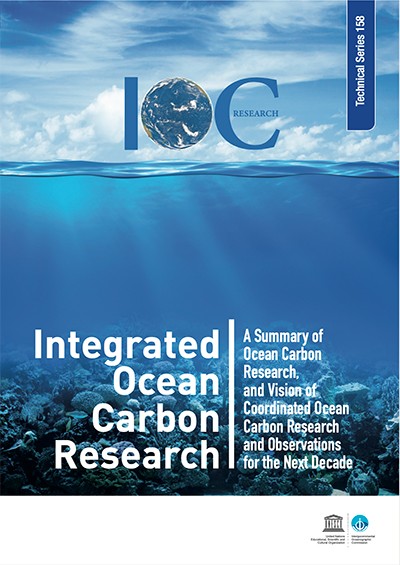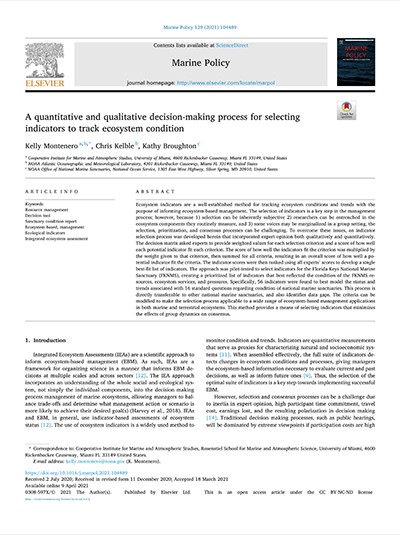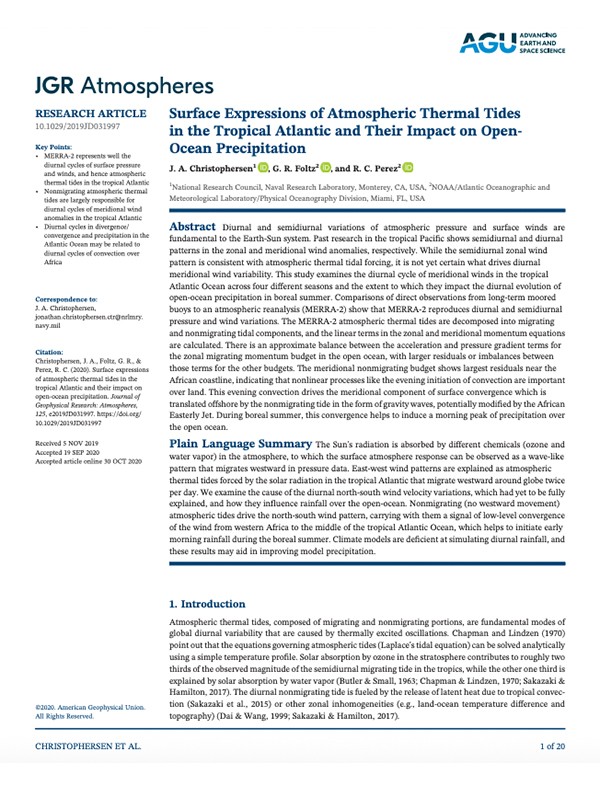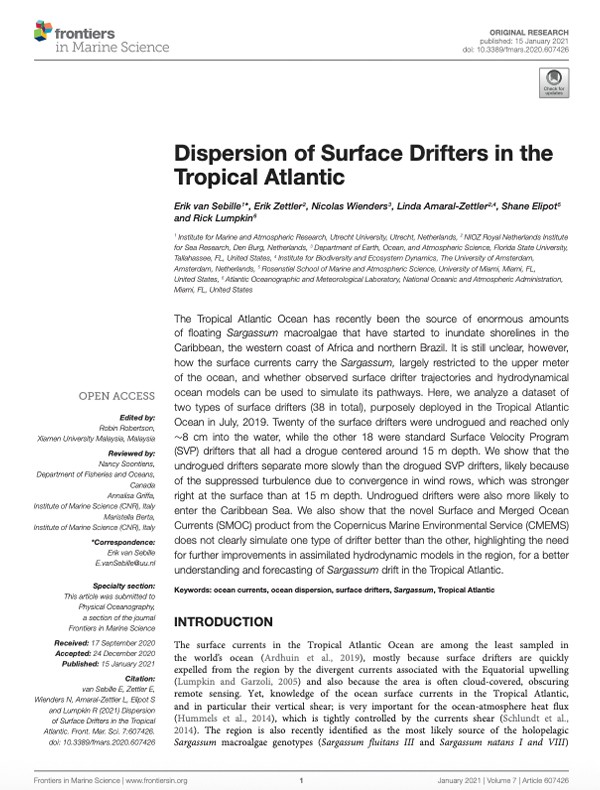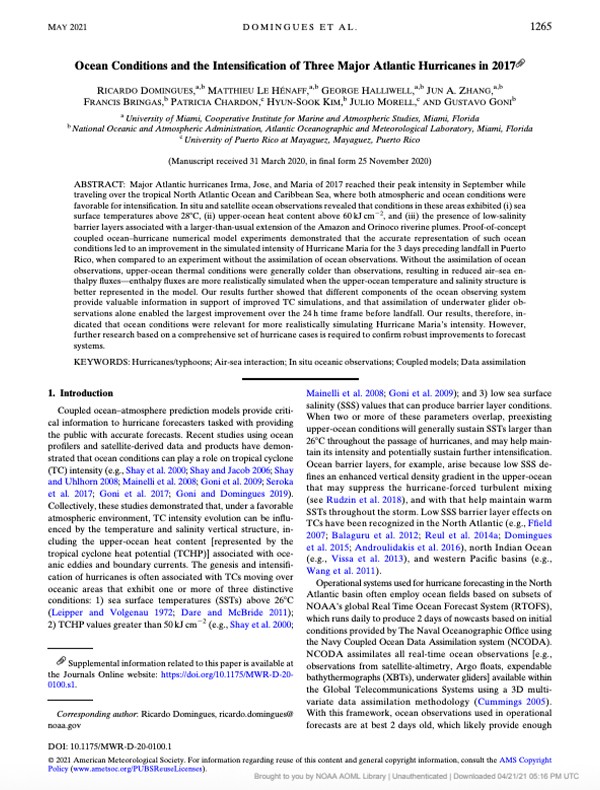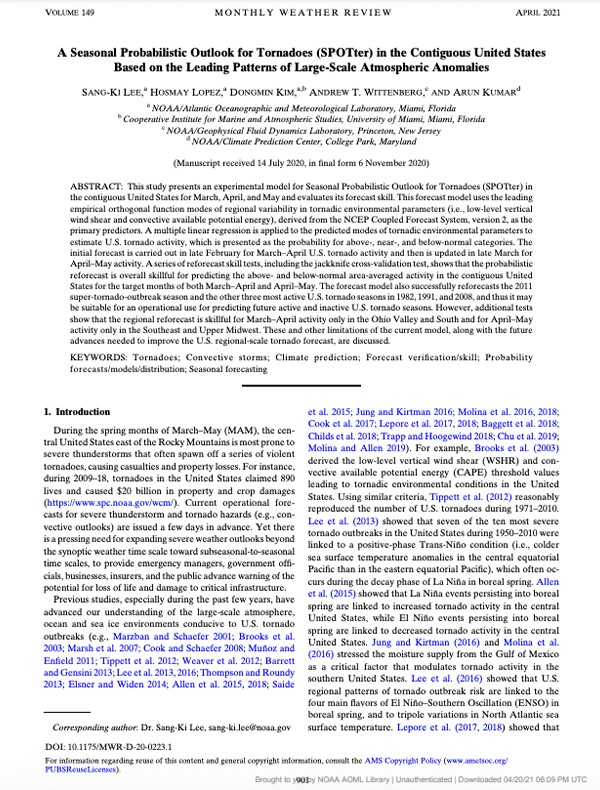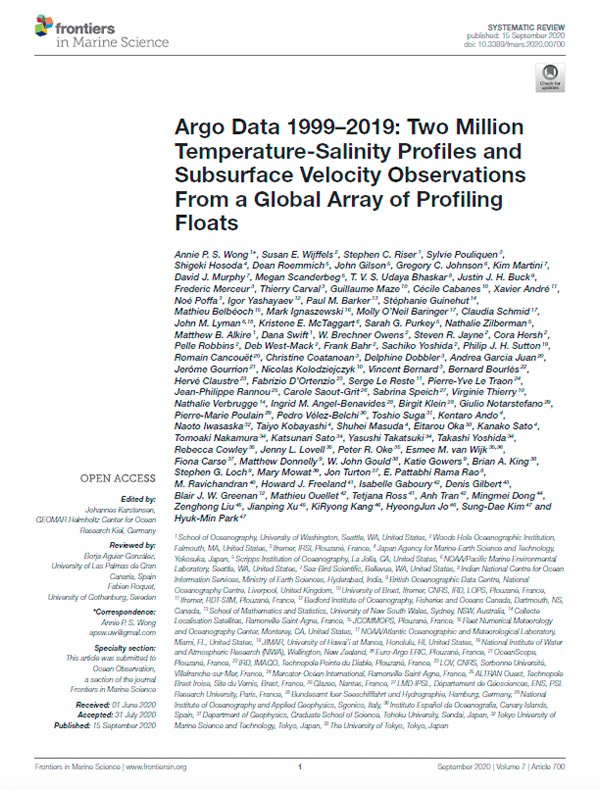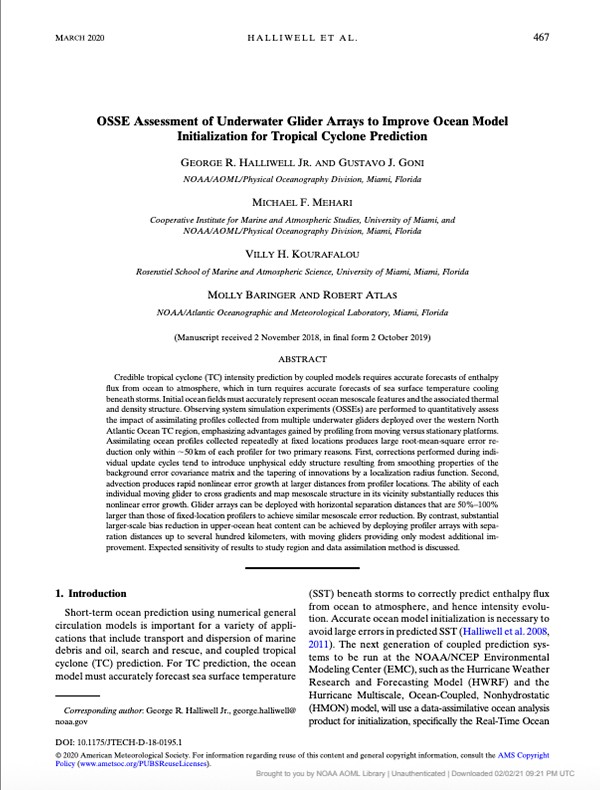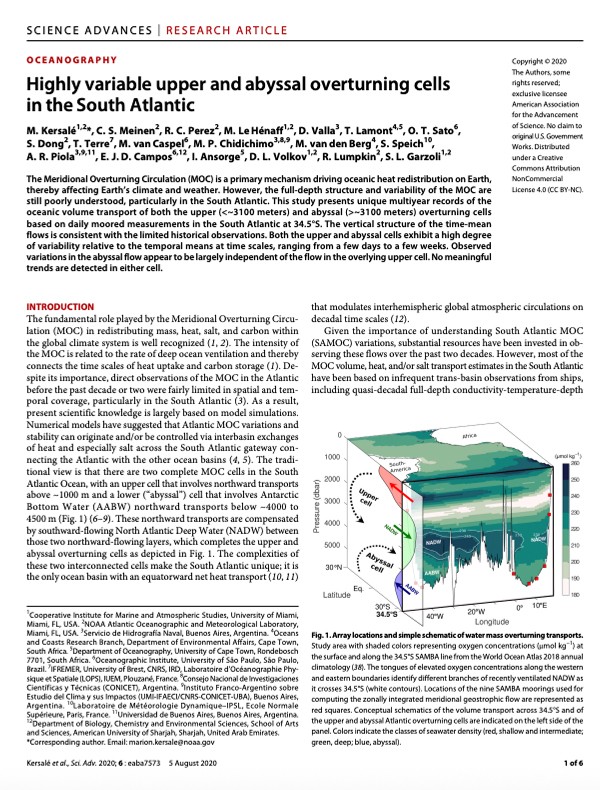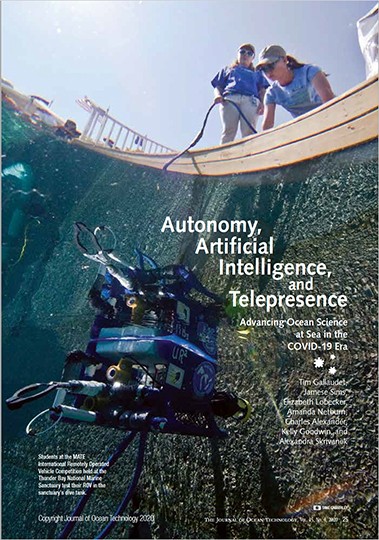Integrated Ocean Carbon
IOC-R. 2021. Integrated Ocean Carbon Research: A Summary of Ocean Carbon Research, and Vision of Coordinated Ocean Carbon Research and Observations for the Next Decade. R. Wanninkhof, C. Sabine and S. Aricò (eds.). Paris, UNESCO. 46 pp. (IOC Technical Series, 158.) doi:10.25607/h0gj-pq41
Introduction: Knowledge of the ocean carbon cycle is critical in light of its role in sequestering CO2 from the atmosphere and for meeting goals and targets such as the UN Framework Convention on Climate Change (UNFCCC) Paris Agreement, the UN 2030 Agenda for Sustainable Development, and the associated UN Decade of Ocean Science for Sustainable Development. Increasing levels of CO2 in the ocean, predominantly due to human greenhouse gas emissions, and the partitioning of CO2 into organic and inorganic species have fundamental impacts on ocean carbon cycling and ecosystem health. The Integrated Ocean Carbon Research (IOC-R) effort aims to address key issues in ocean carbon research through investigative and observational goals. It takes advantage of the appreciable knowledge gained from studies over the last four decades of the ocean carbon cycle and its perturbations.
